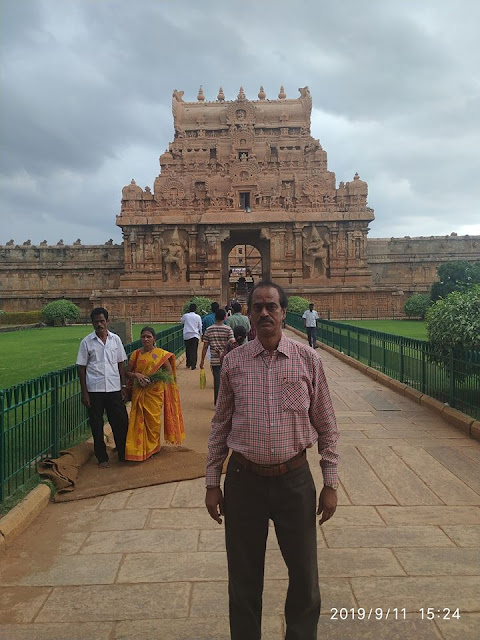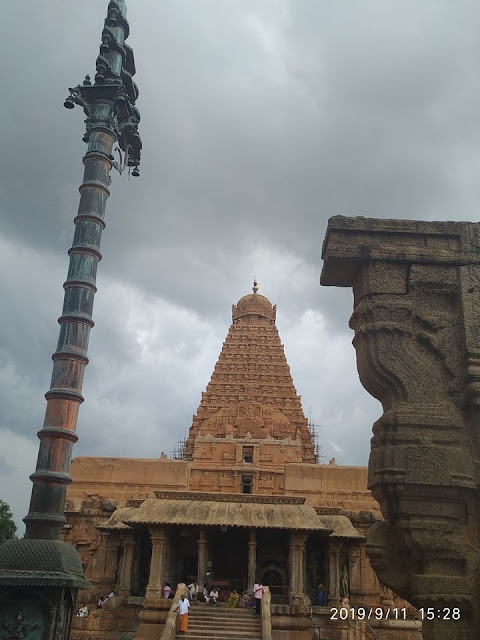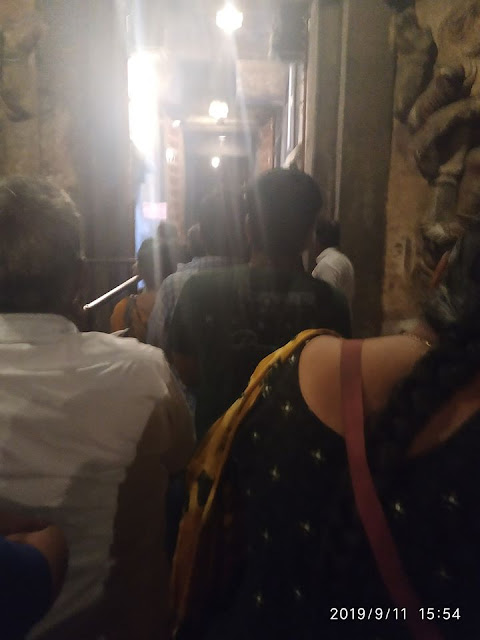Happy Mahavir Janma Kalyanak (महावीर जयन्ती) or Mahavir Jayanti
Mahavir Janma Kalyanak or Mahavir Jayanti is one of the most important religious festival in Jainism. It celebrates the birth of Mahavir, the twenty-fourth and last Tirthankara of present Avasarpiṇī. As per the Gregorian calendar, the holiday occurs either in March or April.
Happy Mahavir Jayanti
“I extend my warm greetings and good wishes to the people of our country and world on the auspicious occasion of ‘Mahavir Jayanti’.
Lord Mahavir was one of the most charismatic and influential spiritual leaders to have walked the earth. His messages of nonviolence, truth, honesty, selflessness and sacrifice are timeless and full of universal compassion. He preached the gospel of universal love and emphasized that all living beings, including plants and animals, are equal and deserved to be treated with love and respect.
Mahavir Jayanti is one of the most significant festivals among the Jain community and is celebrated with splendour in India and across the world. The festival commemorates the birth of Lord Mahavira. As per Jain mythology, Lord Mahavira is the 24th Tirthankara of Jainism.
Observances: Prayers, religious rituals
Observed by: Jains
Celebrations: Going to the Jain Temple
Significance: Birth Anniversary of Mahaveer Swami
Date:
"Jain" is derived from the word Jina, referring to a human being who has conquered all inner passions (like anger, attachment, greed and pride) and possesses Kevala Jnana (pure infinite knowledge). Followers of the path shown by the Jinas are called Jains
Bhagavan Mahavir Swami was the last and the twenty fourth Tirthankar of this era in the Jain tradition.
Lord Mahavira was a prince whose childhood name was Vardhaman. According to the Digambar traditation, Lord Mahavira was born in the year 615 BC, but the Swetambaras believe that he was born in 599 BC. Both sects however agree that he was the son of Siddhartha and Trisala. It is said that mother Trisala had Sixteen auspicious dreams before the child was born (only 14 according to the Swetambaras). Astrologers interpreting these dreams, stated that the child would be either an emperor or a Tirthankar.. As the son of a king, he had many worldly pleasures, comforts, and services at his command. In boyhood once while playing he brought under control a terrify serpent. consequently and symbolic of this feat of bravery, he got the title Mahavir and Vira-natha.
As per Swetambar community’s beliefs, Mahavira’s mother had 14 dreams, which were later interpreted by astrologers all of whom said that Mahavira would either go on to become an emperor or a sage (Tirthankara). When Mahavira reached 30, he left his throne and family in search of truth. He lived in exile for 12 years as an ascetic. During this time, he preached non-violence treated all everyone with reverence. He got his name “Mahavira” after showing exceptional skills in controlling the senses. It is widely belied that when Mahavira was 72, he attained enlightenment (Nirvana).
The Teachings of Lord Mahavira;
Every soul is independent. None depends on another.
All souls are alike. None is superior or inferior.
Every soul is in itself absolutely omniscient and blissful. The bliss does not come from outside.
All human beings are miserable due to their own faults, and they themselves can be happy by correcting these faults.
The greatest mistake of a soul is non recognition of its real self and can only be corrected by recognizing itself.
There is no separate existence of God. Everybody can attain Godhood by making supreme efforts in the right direction.
Know thyself, recognize thyself, be immersed by thyself you will attain Godhood.
God is neither the creator nor the destructor of the universe. He is merely a silent observer and omniscient.
One who, even after knowing the whole universe, can remain unaffected and unattached is God.
Fight with yourself, why fight with external foes? He who conquers himself through himself, will obtain happiness.
All beings hate pain, therefore one should not hurt kill them. Ahimsa (non-violence) is the highest religion.
A man is seated on top of a tree in the midst of a burning forest. He sees all living beings perish. But he doesn't realize that the same fate is soon to overtake him also. That man is fool.
Once Lord Mahavira was asked what is the religion from a realistic point of view. Lord Mahavira said, “ the realistic religion consists of four parts:
equality of all living ones,
every living soul has right to put self-effort to improve itself and should not to be stripped of that right,
no one should rule over other living beings, and
all situations should be viewed with equanimity - without like or dislike." If one adopts only one of these four, other three will automatically be adopted.































